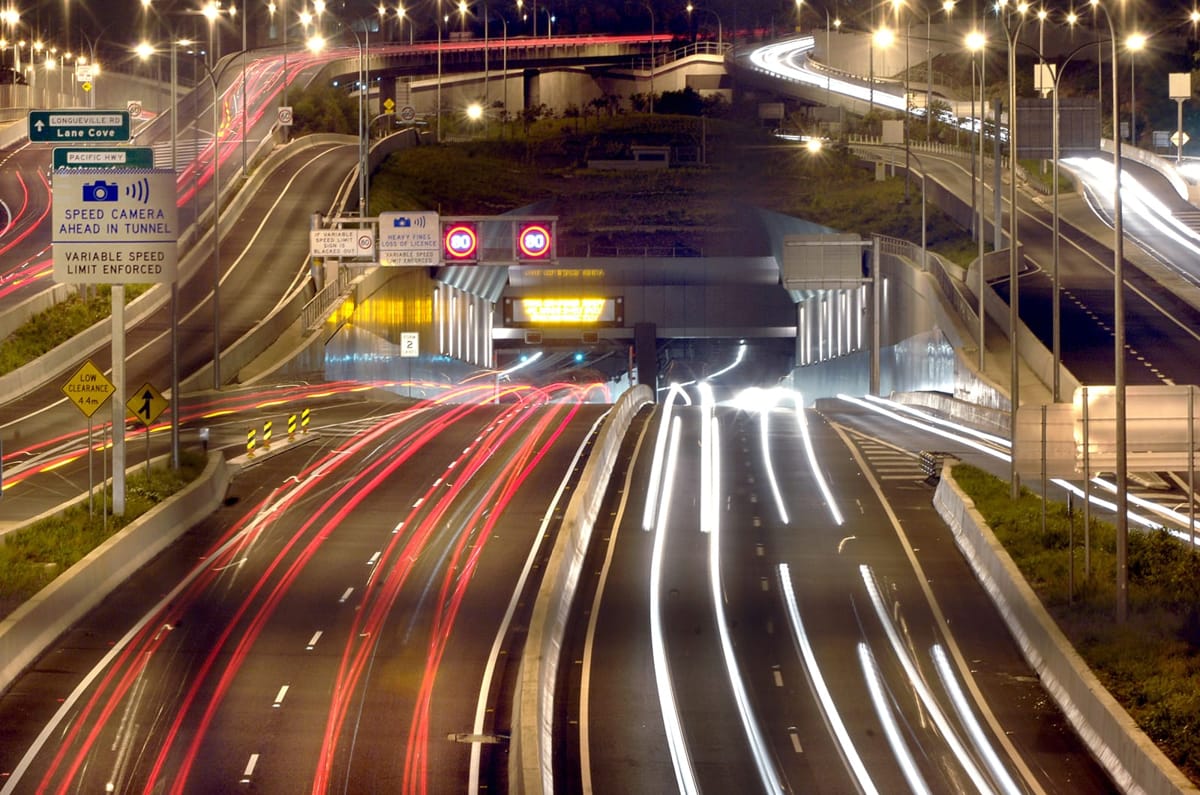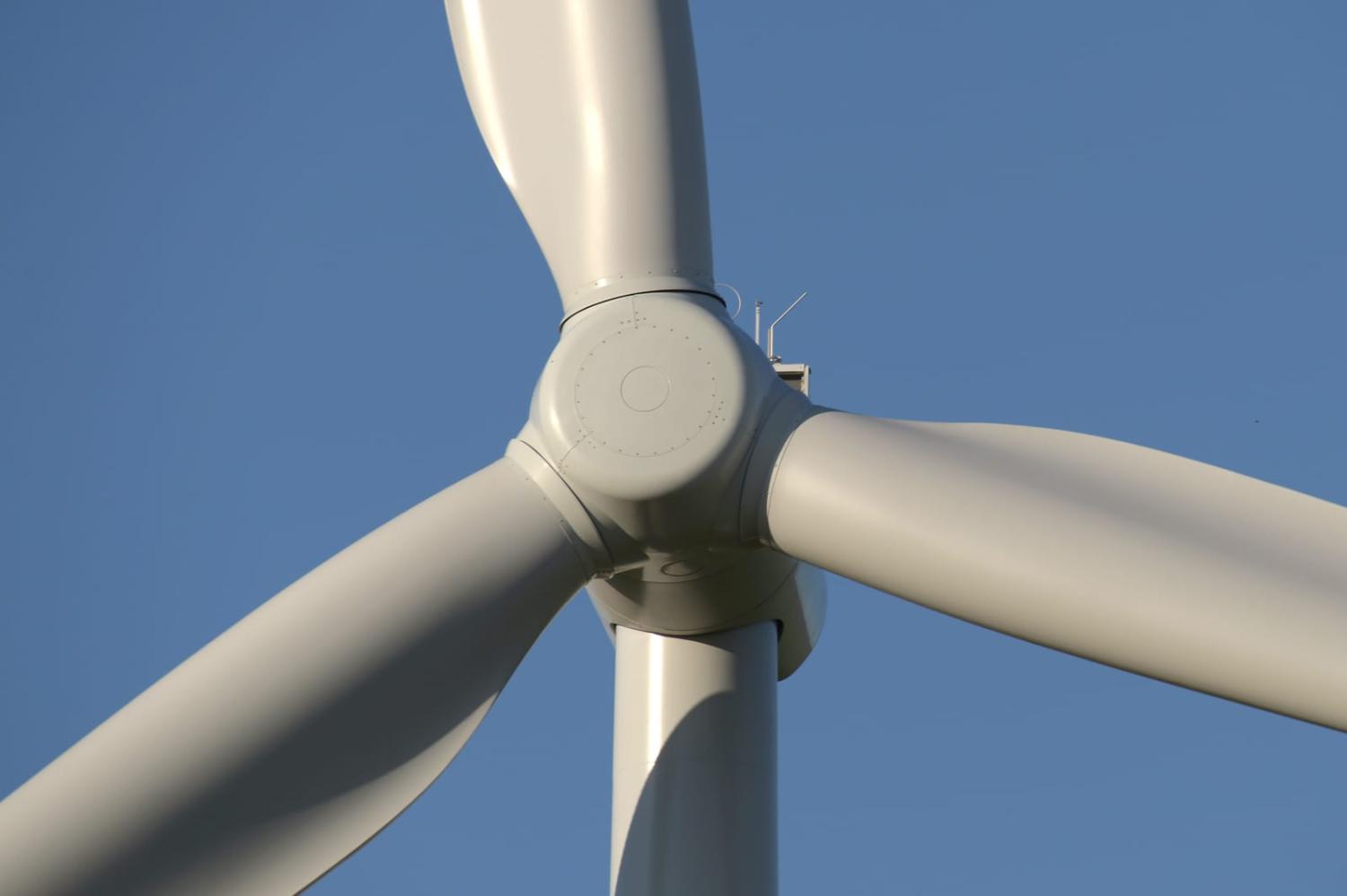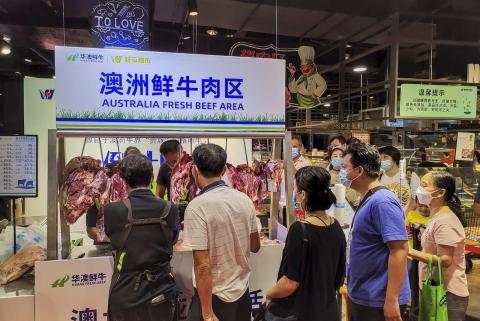Tunnel vision
Last Sunday inner city Sydney residents got their first chance to walk inside a 24-kilometre labyrinth of intersecting underground road junction tunnels, which is being claimed as the biggest such infrastructure in the Southern Hemisphere.
In response to questions about what drivers should do if they got lost in the maze, a transport official told the visitors: “Don’t stop. Don’t reverse. Keep going and use the next exit.”
It is advice that the Albanese government also seems to be applying as it confronts its own intersecting maze of domestic policy challenges with foreign reputational consequences from China relations to climate change.
Made in Australia
The soft opening the Sydney interchange comes just days after the International Monetary Fund told the Albanese government that it should scale back the country’s record public sector infrastructure spending to take pressure off inflation.
The inflation challenge was underlined on Tuesday when the Reserve Bank of Australia increased its cash rate to 4.35%, in effect conceding that Australia’s more cautious approach to reining in inflation has put it on a different trajectory to many of its peers where rate cuts are now being priced in by markets.
In a tough assessment when the government is already losing voter support due to cost of living pressures, the IMF said:
Governments should implement public investment projects at a more measured and co-ordinated pace, given supply constraints, to alleviate inflationary pressures and support the RBA’s disinflation efforts … Otherwise, interest rates would have to be even higher, putting the burden of adjustment disproportionately on mortgage holders.
The capacity constraints from skills shortages, approvals delays, and cost blowouts on the mostly transport infrastructure have intensified the government’s difficulty pushing ahead with other infrastructure needed to meet its Paris Agreement emissions reduction ambitions, such as producing 82% of energy needs from renewables by 2030.
But in the past week as the big Sydney transport project neared completion, Treasurer Jim Chalmers has signalled an important shift – putting a priority on clean energy infrastructure. This is both a nod to the IMF pressure and a bid to maintain the Labor government’s climate change credibility globally.

The government now faces a particularly invidious intersection of domestic realities and pressures from foreign partners. The infrastructure delays to the energy transition are threatening potentially embarrassing blackouts in one of the world’s most energy rich nations, and higher consumer prices. But Australian business is calling for government assistance to defend it against the long global reach of the Biden administration’s big spending green industry policy in the deceptively titled Inflation Reduction Act (IRA).
Meanwhile partners in energy importing Japan, South Korea and Singapore have all complained about the impact of Australia winding back its fossil fuel production. And this week as Prime Minister Anthony Albanese joined the Pacific Islands Forum after visiting China, there has been questioning of how much Australia is really doing on climate change when it wants to host the United Nations Conference of the Parties gathering in 2026 with Pacific countries.
In the spirit of driving forward and looking for an exit, Chalmers has temporarily delayed Australia’s comprehensive US-style green energy industrial policy, which was expected this year due to the concerns that the economy may not be able to absorb any surge in foreign capital. But instead he is promising a distinctly Australian approach in next May’s budget to the embrace of interventionist industry policy in the developed world in response the rise of China – or what a recent Foreign Affairs article calls The New Economic Security State.
As Chalmers told a conference last week:
We will complement not copy the priorities and plans of other nations … We won’t realise Australia’s unique geographical, geological, geopolitical, intellectual, and meteorological advantages by designing an Inflation Reduction Act Lite – looking only for big numbers but missing the bigger picture. Our plan will be ambitious, but uniquely Australian.
So now, thanks to Chalmers’ contribution to the government’s growing embrace of “statecraft”, we have the latest contours of an Australian economic security state. It will use cheap renewable energy to process critical minerals; manufacture generation and storage technologies, including batteries; produce hydrogen; and forge green metals.
Kicking with the wind
When the normally obscure Anti-Dumping Commission (ADC) suddenly emerged as a critical stepping stone for Albanese’s smooth passage to China last week, it also underlined once again how much the clean energy transition is merging domestic and foreign policy.
Amid the otherwise positive tone of this week’s visit, China’s slow removal of the remaining trade impediments to wine and red meat is only likely to fuel the government’ quiet search for diversification exit routes from a return to the old dependence on the region’s biggest economy.
Nevertheless, China has some grounds for complaining about how it seems to have been a particular of target of aggressive Australian use of anti-dumping investigations, with 36 penalties against China since the World Trade Organisation was established compared with by two by China on Australia. For example, on the ADC’s homepage China features in eight out of ten current cases being investigated.
So the ADC’s interim decision to allow Chinese companies to export large wind turbines to Australia without the previous dumping penalties looks suspiciously like a concession to China’s controversial 14 grievances, just in time for the visit. But, on the other hand, the ADC is a fiercely independent agency and a slow-moving part of government.
And the ADC report makes it clear that the Australian industry can’t produce the larger wind towers needed for the country’s stepped energy transition without new (possibly government) investment or domestic procurement rules. Significantly Chalmers has since made it clear wind tower manufacturing doesn’t make the cut in his “uniquely Australian” green industry policy.
So, while Albanese’s China visit may have drawn far more attention, Chalmers’ parallel effort to get the green energy transition back on track is arguably just as important from both a domestic and foreign policy perspective. And amid all the other supply constraints on that shift to renewable energy by 2030, the reality is that without Chinese wind turbines the prospect of blackouts will loom even larger.
Educate or perish
There is probably no better example of driving forward and looking for an exit in the intersection of Australia domestic and foreign policy than the remarkable resurgence of international (but mostly Asian) students back to the country.
It is less than two years since the country seemed to be facing a higher education funding and research crisis as well as a blow to its international reputation due to the – sometimes almost coerced – repatriation of the students who are responsible for the fourth largest source of export revenue.
Amid forecasts that international student revenue is close to overtaking the record pre-pandemic $40 billion figure, the return of questionable vocational courses and unbalanced university classes is underlining how dependent the country is on an ever shifting population of short term workers, some masquerading as students. Indeed, short term migration has now hit record levels with the government’s opponents accusing it of adopting a “a Big Australia policy by stealth”.
While this is a welcome rebound from the pandemic images of Fortress Australia, the Labor government was quick to recognise that it is a domestic challenge from pressure on housing, to inadequate development of the local workforce, to public confidence in the country’s long term nation building migration system.
But it also poses threats to Australia’s reputation as a provider of quality education if small private colleges become a backdoor entry to short term low paid jobs, universities return to churning out foreign graduates of mixed quality and students are misled about the prospect of eventually getting long term jobs in Australia.
While the government has reviews of immigration and education underway, the numbers on the ground are running ahead of the planning, with an obvious incentive to take advantage of short-term cheap labour in a time of capacity constraints on the energy transition despite the long-term socio-economic issues.

